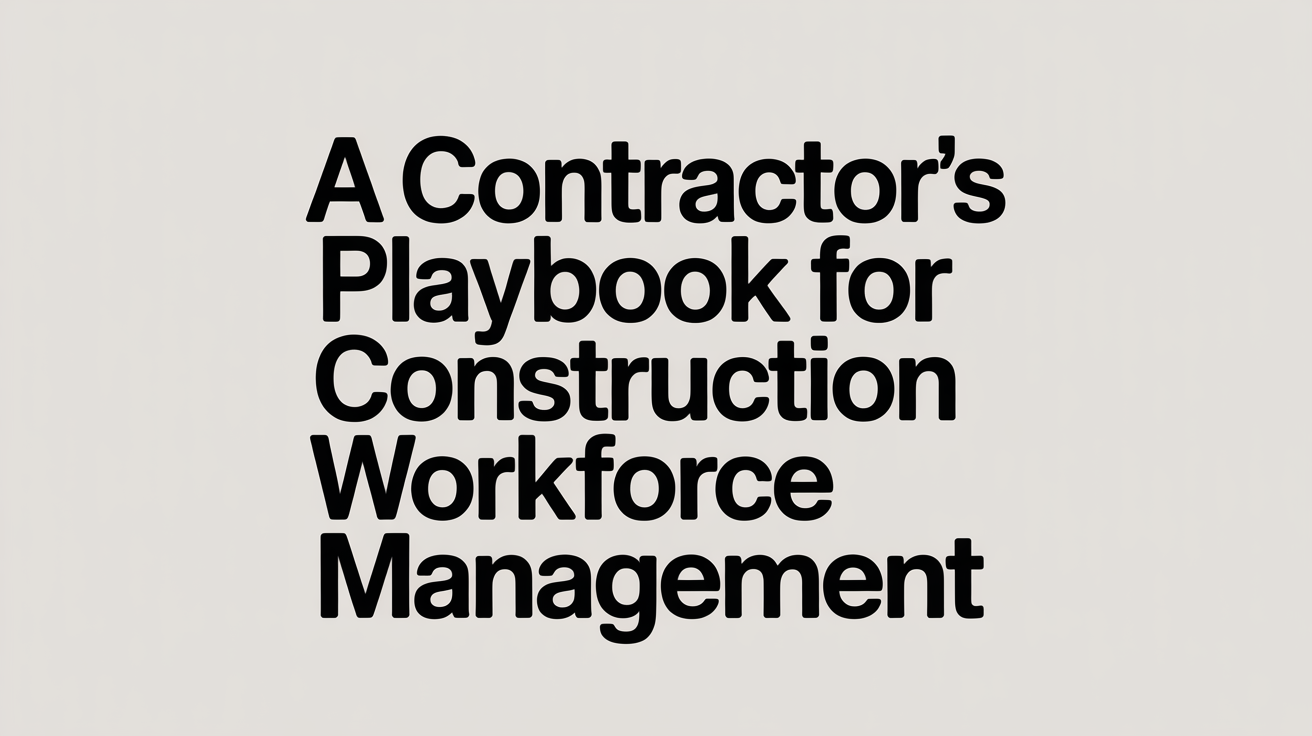The Hidden Costs of Paper Processes and What it Means to You
How much does paper really cost?
It is no surprise to most people that using paper documents within a business can be costly, wasteful, and inefficient. Electronic versions of almost every type of communication or documentation have sprung up since the advent of computers, and for good reason- it’s quicker, better for the environment, and more convenient.
For most companies, there is a general understanding that the cost of paper processes goes beyond just the cost of paper, ink, fax machines, and filing cabinets. What is surprising, however, is that these companies still base an ROI for paperless data processes and technology on the direct costs, such as those noted above, without wholly considering the indirect cost of paper processes. It is important for companies that are looking at reducing paper consumption and implementing paperless processes, to consider other factors that have a profound impact on the productivity, profitability and competitiveness of companies.
The most common indirect costs that are associated with paper processes include:
- The inefficiency of turnaround time for customers
- Low quality of data capture, including incomplete or inconsistent data
- An excessive number of operational staff required to physically handle, manage, and file paper
- The amount of physical space needed for storage and processing physical documents
- Inability to have remote access for mobile and telework staff
- Lost documents
- Amount of time wasted by staff to search for an item
- Inability to use information in a timely fashion that leads to less effective decision-making
- Copying, printing, courier, and postage costs
- Cost of disposal and recycling
What does this mean to you?
There are a few things to consider when analyzing these sources of inefficiency and added cost. Firstly, it is important to gather a holistic view of the costs of paper processes as they pertain to your company, including direct and indirect costs. Considering all the potential shortcomings of paper processes, especially when they have a financial impact, can be crucial to showing management, staff, or the boardroom that change is needed, and will help the company realize the value of paper-free processes.
Also, in order to understand the Return-on-Investment once paperless data processes are implemented, knowing where the associated costs originate will provide companies with a much accurate understanding of where all of their savings are coming.
Additionally, understanding the source of hidden expenditures can also contribute to making the most appropriate and informed decision when considering paperless systems. Having the ability to identify the specific areas in a business that are costing the company the most, will go far in helping to identify which features and capabilities will be required when searching for a paperless solution to these operational challenges.
Whatever the decision surrounding paper and paperless processes, it is important to understand that introducing paper-free processes is something that goes beyond traditional ROI calculations and cost-benefit analysis. The choice to go paperless in any capacity should be informed and should incorporate direct and indirect costs, and these hidden costs of the paper should be used when determining the Return-on-Investment.
From our experience in providing paperless solutions to companies, the most seamless and successful implementations are those that see the value beyond the cost of a paperless system compared to the cost of printers, filing cabinets, and fax machines. They truly understand their unique needs when considering the features and capabilities of any system and are committed to working towards being paperless to any degree but also take bite-sized pieces to implement, rather than trying to turn their whole business paperless overnight.



